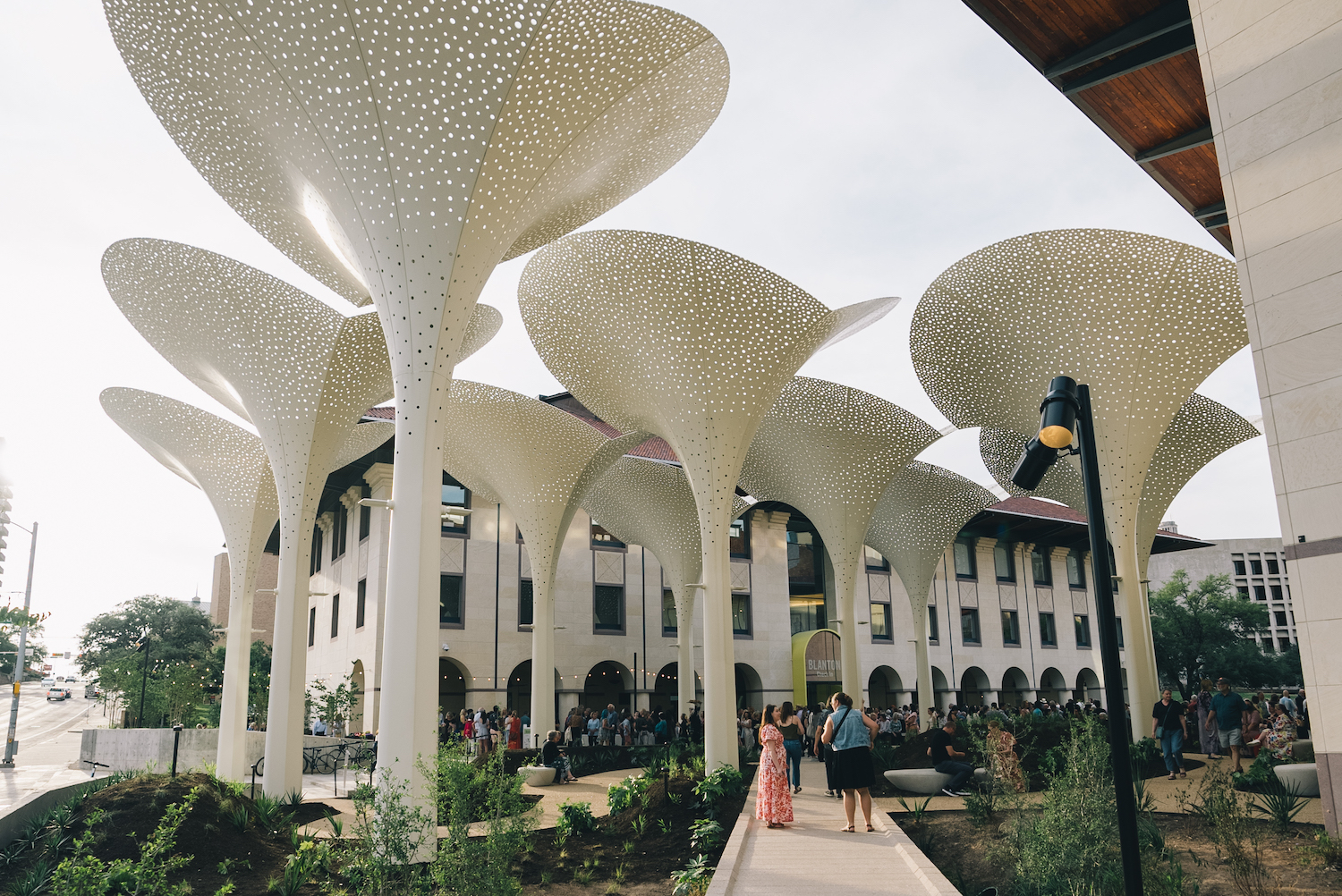
Your city. Your art. Your museum.
As the primary art collection for the city of Austin, the Blanton Museum of Art is a major resource for the community. With more than 21,000 works in the collection, the Blanton showcases art from across the ages, from ancient Greek pottery to abstract expressionism. With a year-round schedule of traveling exhibitions, art lovers are sure to discover new and old favorites at the Blanton.
About the Blanton
The Blanton Museum of Art at The University of Texas at Austin is one of the foremost university art museums in the country, and has the largest and most comprehensive collection of art in Central Texas. The Blanton’s permanent collection of more than 21,000 works is recognized for its European paintings, an encyclopedic collection of prints and drawings, and modern and contemporary American and Latin American art.
The Blanton is considered one of the university’s many Gems along with The Harry Ransom Center, the Briscoe Center for American History, The University of Texas Press, UT Libraries, the Graduate School, and the Michener Center for Writers.
Located at the intersection of Martin Luther King Jr. Boulevard and Congress Avenue, the museum is across the street from the Bob Bullock Texas State History Museum and is adjacent to downtown Austin.
Land Acknowledgment
Professor Luis Cárcamo-Huechante (Associate Professor and Director, Program in Native American and Indigenous Studies) and the Committee on Land Acknowledgment submitted this proposal of a land acknowledgment to be adopted by The University of Texas at Austin, which was approved by President Hartzell in 2020.
UT Land Acknowledgment: (I) We would like to acknowledge that we are meeting on the Indigenous lands of Turtle Island, the ancestral name for what now is called North America. Moreover, (I) We would like to acknowledge the Alabama-Coushatta, Caddo, Carrizo/Comecrudo, Coahuiltecan, Comanche, Kickapoo, Lipan Apache, Tonkawa and Ysleta Del Sur Pueblo, and all the American Indian and Indigenous Peoples and communities who have been or have become a part of these lands and territories in Texas.

